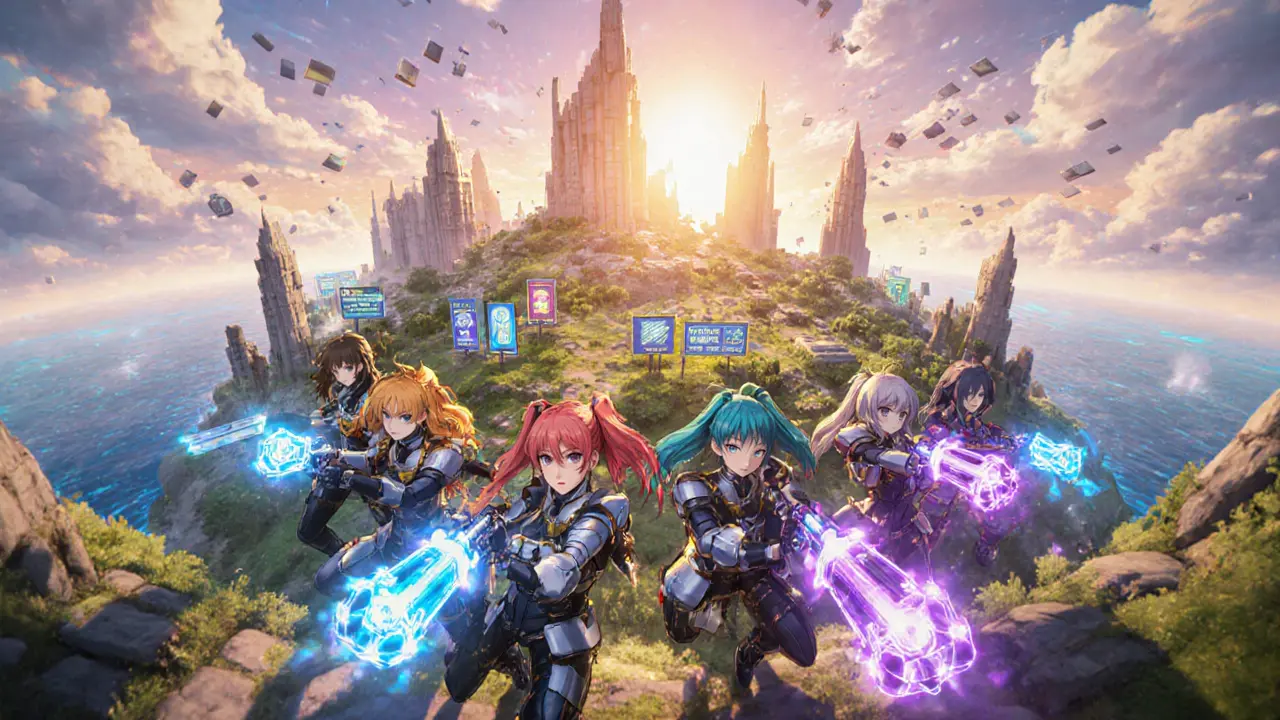NFT Loot Boxes: Definition, Mechanics, and Use Cases
When working with NFT loot boxes, digital surprise packs that contain random NFT items, often used in gaming and collectibles. Also known as crypto loot crates, they blend the excitement of chance with verifiable blockchain ownership.
These packs are usually built on token standards like ERC-721, a non‑fungible token protocol for single, unique assets and ERC-1155, a multi‑token standard that lets one contract manage many different items. In practice, NFT loot boxes often use ERC‑1155 because it lowers gas costs when you mint dozens of similar items in the same contract. The result is a cheap, fast way to deliver random rewards at scale.
How NFT Loot Boxes Fit into GameFi and Collectibles
GameFi platforms treat loot boxes as a core engagement tool. They require smart contracts, automated code that locks in the odds and distribution logic so players can trust the randomness and ownership. This trust relationship creates a feedback loop: players buy boxes, earn rare items, and then trade those items on secondary markets, feeding liquidity back into the game economy.
Beyond games, crypto collectors use loot boxes to discover hidden art pieces or limited‑edition tokens. The allure is similar to opening a physical mystery pack: you never know if the next NFT will be a meme‑coin parody or a high‑value artwork. That uncertainty fuels secondary‑market speculation, which in turn drives higher transaction volume on platforms that list these assets.
Three semantic connections illustrate the ecosystem: (1) NFT loot boxes encompass ERC‑1155 tokens, (2) NFT loot boxes require smart contracts to enforce fairness, and (3) GameFi leverages NFT loot boxes to reward player achievement. These links show how standards, code, and gameplay intertwine to make the whole system work.
When you consider risk, the main factors are token contract audit quality and the transparency of the randomization algorithm. A well‑audited contract can prevent hidden backdoors that manipulate odds, while a clear algorithm (often using on‑chain randomness like Chainlink VRF) reassures buyers that the distribution is truly random.
If you’re new to the space, start by checking the contract address on a block explorer, verify the token standard, and read the audit report. Then, compare the box’s price to the floor prices of the included NFTs. This simple due‑diligence step helps you decide whether the potential reward justifies the cost.
Below you’ll find a curated set of articles that dive deeper into each piece of the puzzle: from ERC‑721 vs ERC‑1155 comparisons, to GameFi tokenomics, to real‑world examples of loot‑box economics. Explore the guides to sharpen your strategy, spot safe projects, and make the most of NFT loot boxes in your portfolio.
Battle Hero (BATH) Chest NFT Airdrop Details - How to Claim Your Free NFT
Learn how to claim a Battle Hero (BATH) Chest NFT from the CoinMarketCap airdrop, understand eligibility, referral boosts, and future drop plans.

